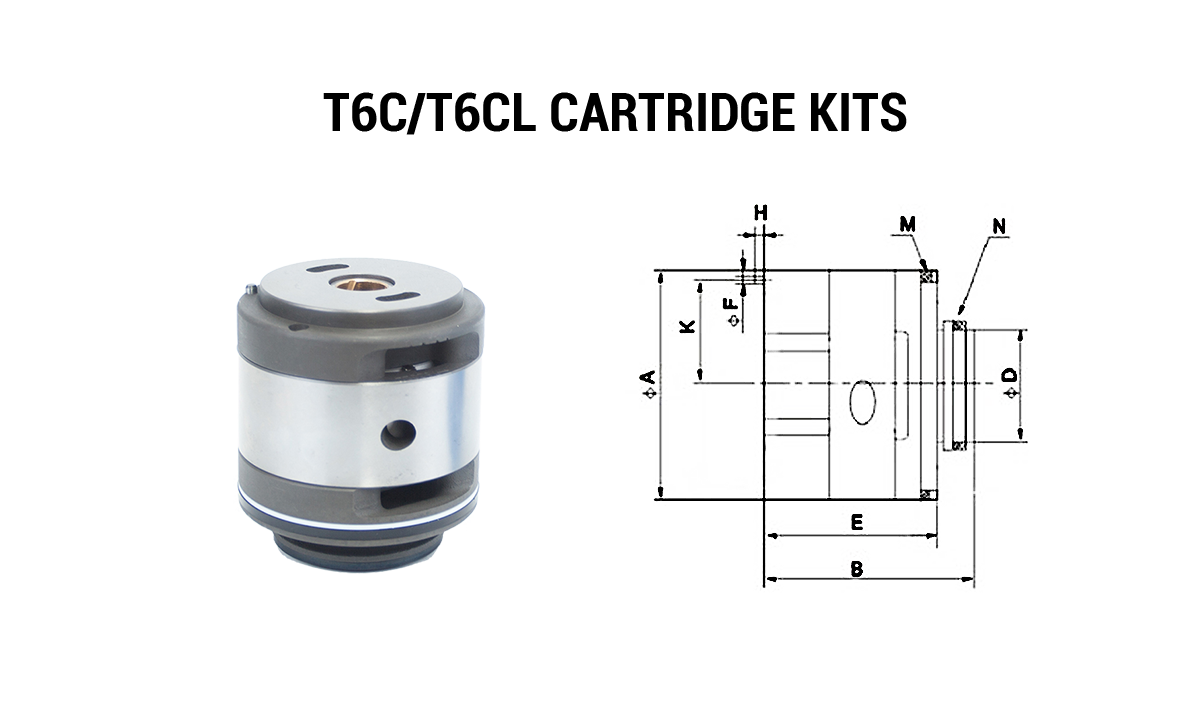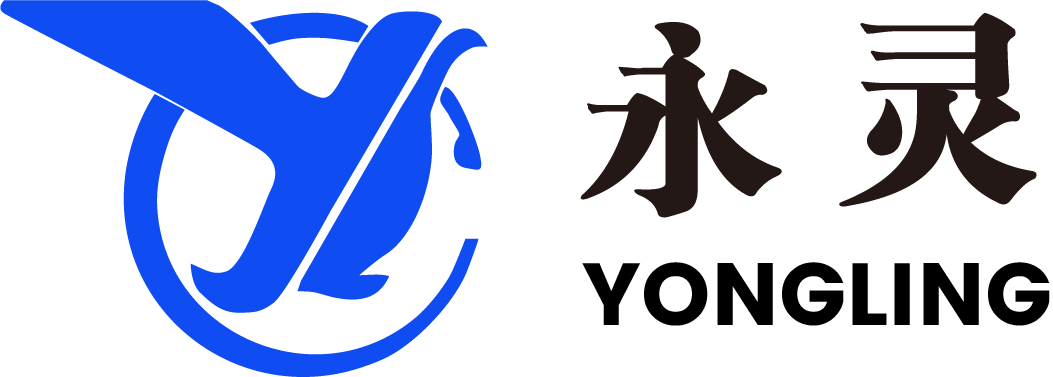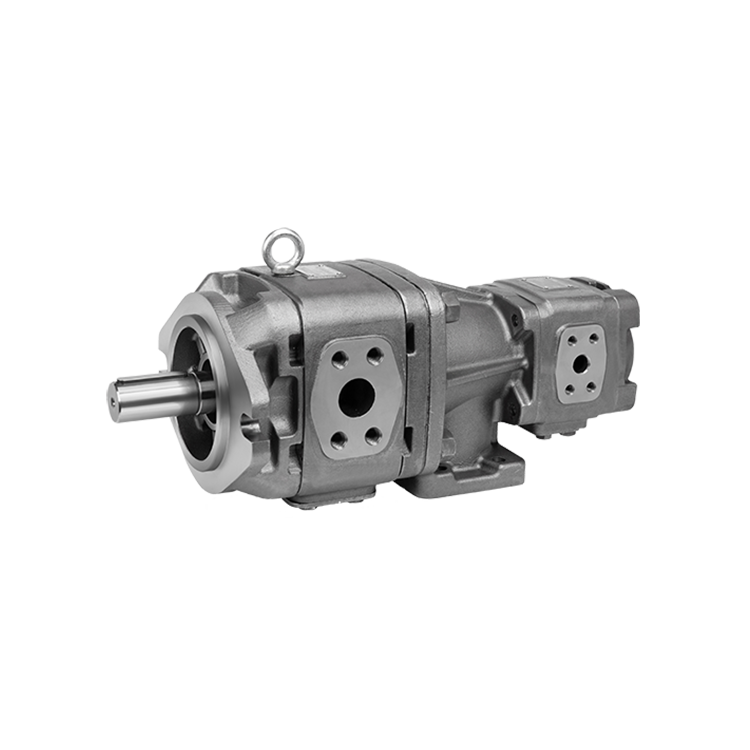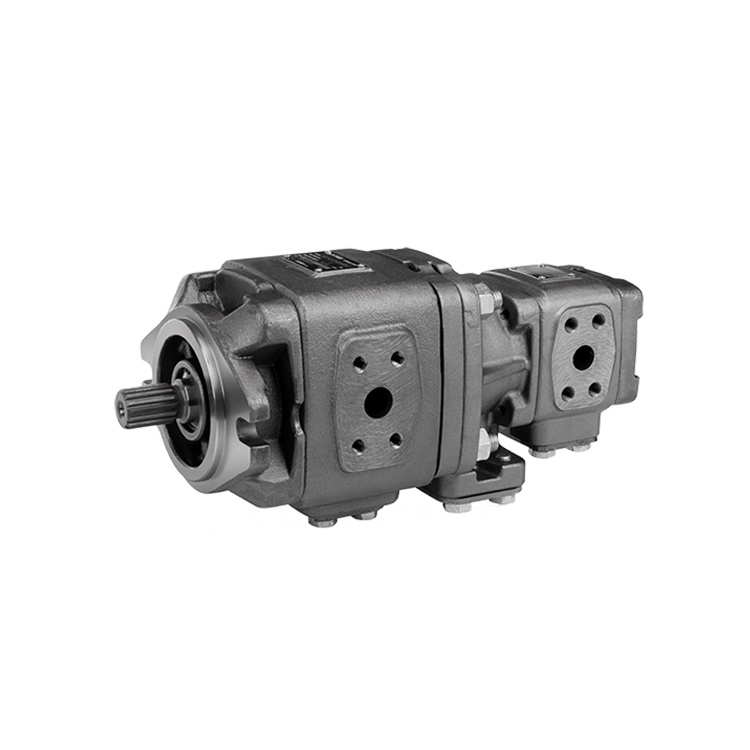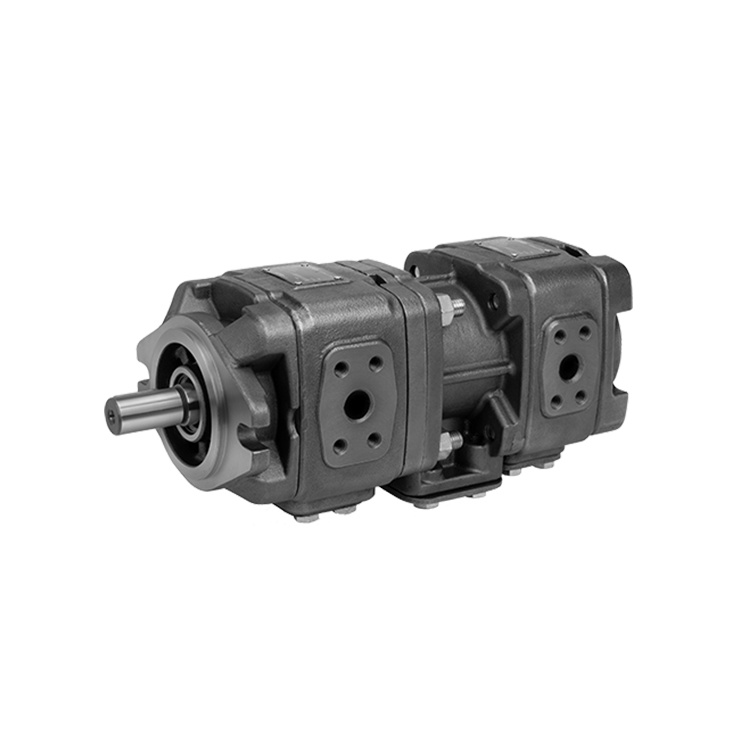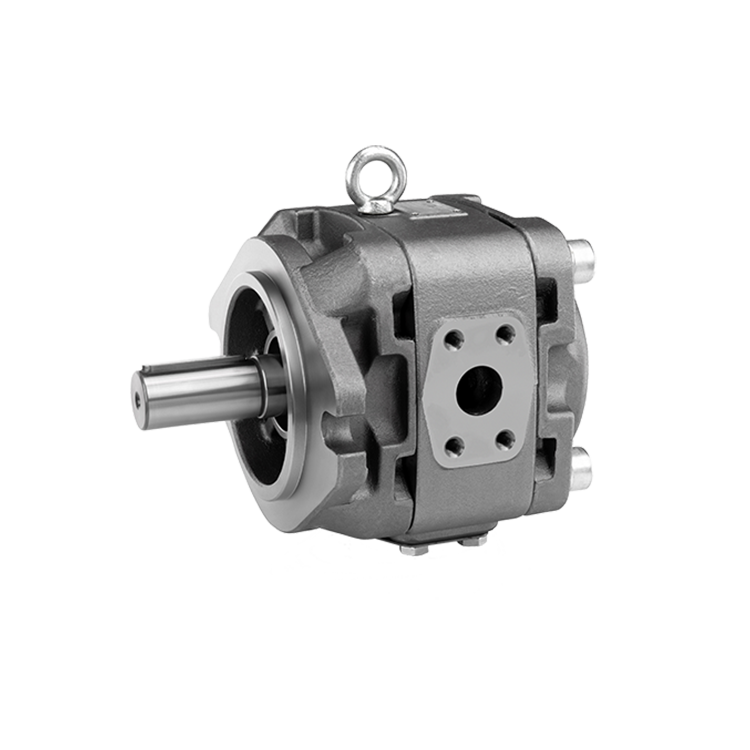Initial Startup Check
Check the accuracy of the design and installation of the hydraulic station:
● Make the distance between the inlet and outlet as long as possible.
● The inlet and outlet pipe ports should be inclined, and the cross-sectional angle should be greater than or equal to 45° to increase the channel cross-section, reduce the speed. The recommended inlet water speed is between 0.5m/s and 1.9m/s, and the outlet water speed is less than 6m/s.
● Confirm that the oil port is below the oil level in the tank (for example: all hydraulic cylinder pistons are extended to the limit position),
● The specification of the air filter should be more than three times the maximum reflux flow.
● Install a vent valve on the oil return pipe; you can also slightly loosen the pump outlet connector to vent until there are no bubbles in the overflowing oil, then tighten the connector to achieve the same effect.
Note: This method is suitable for low pressure, you should ensure that the pressure will not rise.
Initial Startup:
● Check the accuracy of the oil port position.
● The pump should be well vented when filling oil.
● Let the pump run for a few seconds, and the overflow valve at the outlet should be loosened to reach the minimum pressure.
● Do not drive the pump at high speed and high pressure before the inspection is complete.
Shaft and Coupling
Coupling and spline hole
● The spline hole of the coupling should be floating and automatically centered to reduce wear, and the tilt deviation of the two spline shafts should be less than or equal to ±0.05/25.4mm (deviation of the indicator)
● The spline hole must be lubricated with molybdenum disulfide lithium-based grease or other similar grease.
● The coupling requires heat treatment to achieve a hardness of 29~45HRC.
● The specification of the spline hole should meet the Class 1 standard of SAE-J498b (1971), coordinated as a flat root and side tooth.
Flat spline shaft
● T7, T67 and T6 series vane pumps provide high-strength keys, so they must be used during pump installation or replacement, or new keys with a hardness of 27~34HRC and a chamfer angle of 0.8~1*45° can be used to avoid rounding in the keyway when replacing the key.
Shaft load
● The structure of the flat spline shaft is the same as that of the spline shaft.
This series of products is only allowed to withstand transmission load and shall not be subjected to radial and axial loads.
Hydraulic Oil
Hydraulic Oil Classification
HF-0, HF-2: Anti-wear hydraulic oil
HF-1: General hydraulic oil
HF-3: Oil-in-water emulsion
HF-4: Water-glycerin hydraulic oil
HF-5: Synthetic hydraulic oil
Recommended Hydraulic Oil
We recommend anti-wear hydraulic oil, as all maximum rated operating parameters and performance parameters are based on tests using anti-wear hydraulic oil.
Other Hydraulic Oils
When using other hydraulic oils, you should reduce the maximum rated operating parameters of the pump. In some cases, you must increase the minimum pressure of the incoming oil. See the relevant chapters for details.
Viscosity
Maximum viscosity (cold start mode, low speed and low pressure)…………………………………860cSt
Maximum viscosity (full speed and high pressure)……………...……………..………………108cSt
Optimal viscosity (longest working time)…………………………………………………………30cSt
Minimum viscosity (full speed and high pressure, applicable to HF-1, HF-3, HF-4, HF-5)………18cSt
Minimum viscosity (full speed and high pressure, applicable to HF-0, HF-2)…………………………18cSt
Viscosity Index
Minimum index: 90V.L. High index can extend the operating temperature range, but it may also shorten the service life of the working fluid.
Operating Temperature
The operating temperature mainly depends on the viscosity and is also related to the sealing material. For standard seals, the range is -30 ℃ to 90 ℃.
Maximum Temperature
● HF-0, HF-1, HF-2….………………………………………………..………+100 ℃
● HF-3, HF-4.…………………………………………………………………..+50 ℃
● HF-5……………………………………………………………………………+70 ℃
● Biodegradable hydraulic oil (organic grease and rapeseed oil-based grease)…+100 ℃
Minimum liquid temperature (also depends on the maximum viscosity)
● HF-0, HF-1, HF-2, HF-5………………………………………………….-18 ℃
● HF-3, HF-4……………………………………………………………………+10 ℃
● Biodegradable hydraulic oil (organic grease and rapeseed oil-based grease)…..-20 ℃
Operating temperature and viscosity
Operating temperature depends on viscosity, type of working fluid, and pump characteristics.
Generally, we use the most suitable viscosity. When the hydraulic pump cold starts, drive it at low speed and low pressure to heat the liquid to a suitable temperature, and then operate at full power.
Cleanliness of the working fluid
The solid contamination level of the oil is required to be below level 8 of NAS1618 (or ISO 18/14), and you can use a filter with a filtration accuracy of 25μm (or β 100 ≥100).
The solid contamination level should meet the requirements of the minimum suction pressure. The recommended filter mesh is 100 mesh (149μm). When the system needs cold start or uses fire-resistant oil, it is best to increase the filter size or remove the filter.
Water contamination of the working fluid
Mineral oil-based grease……………………………………………………...….0.1%
Synthetic hydraulic oil crankcase oil and biodegradable hydraulic oil….….0.05%
When the water content is too high, the system needs to be dehydrated.
This T-series cartridge kit is fully interchangeable with the US Denison cartridge kit.
